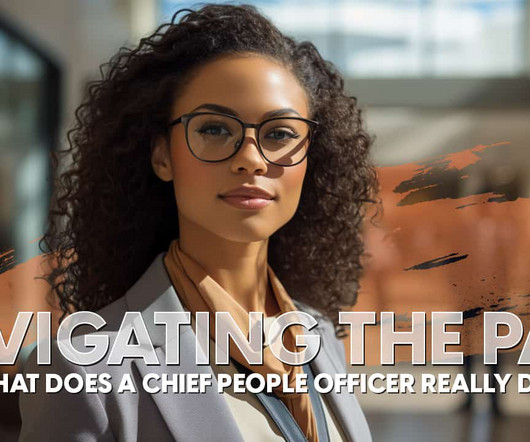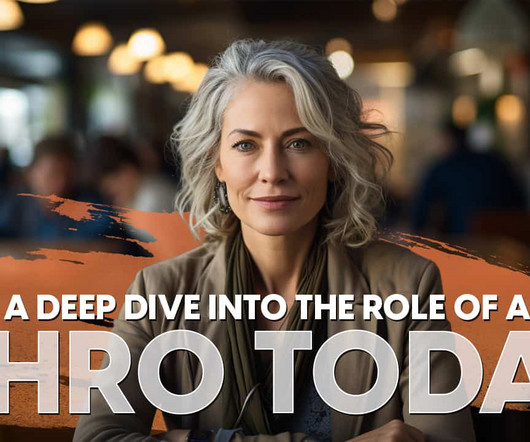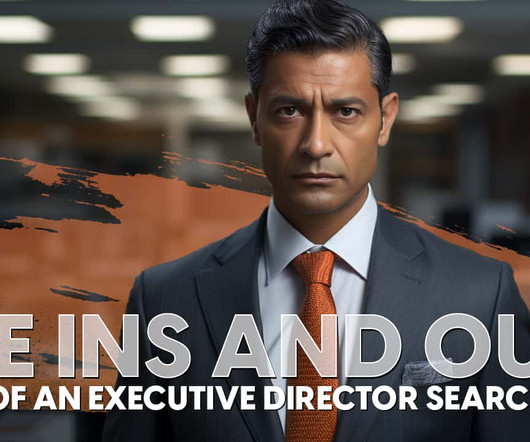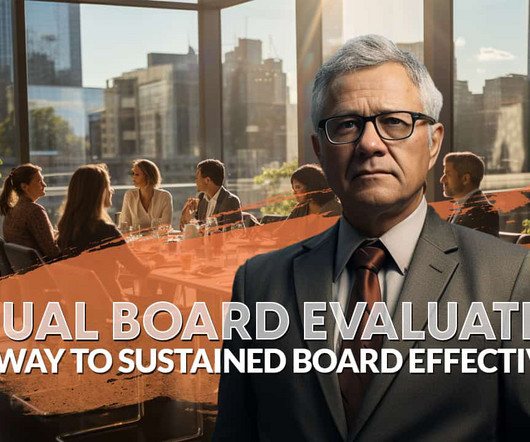Navigating the Path: What Does a Chief People Officer Really Do?
N2Growth Blog
DECEMBER 5, 2023
The CPO is responsible for aligning the organization’s human capital strategy with its overall strategic goals. This entails assessing the workforce requirements and identifying key talent needs to drive innovation and growth.

















Let's personalize your content